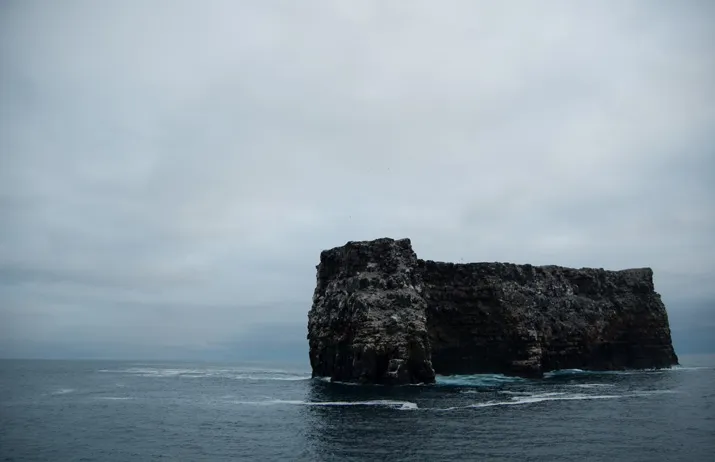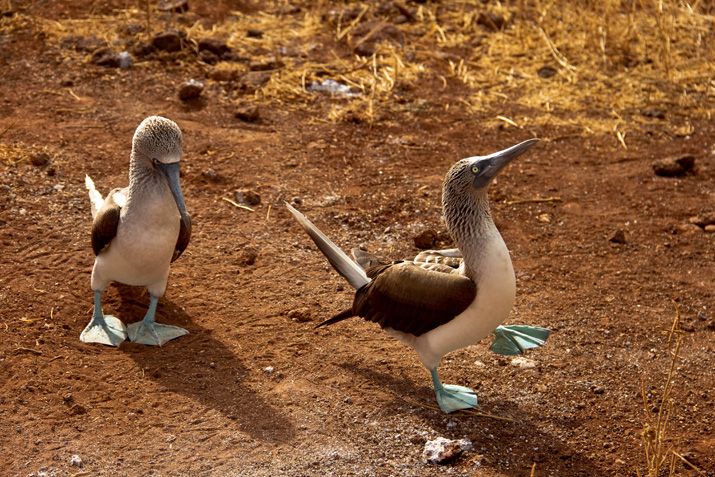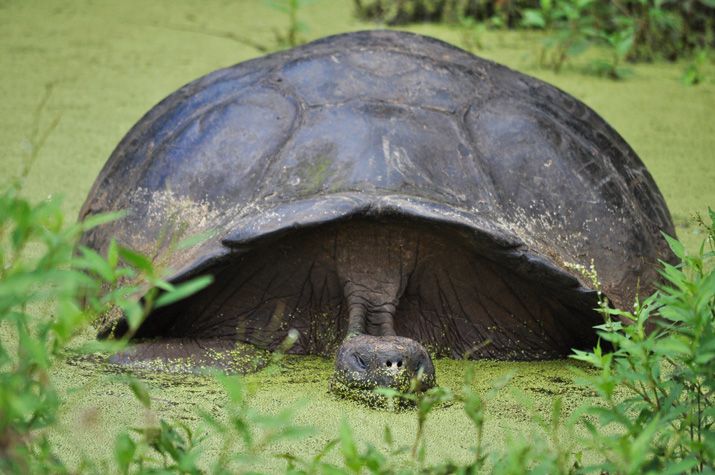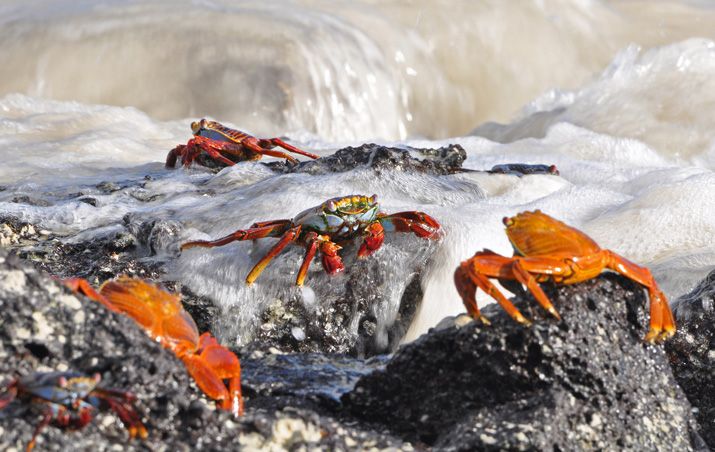The Beautiful and Bizarre Galapagos Islands
Evolution disciples and the merely curious can experience conspicuously adapted wildlife off the coast of Ecuador
/https://tf-cmsv2-smithsonianmag-media.s3.amazonaws.com/filer/lifelist-galapagos-631.jpg)
Giant tortoises lumber across the lava rocks, while iguanas defy desert stereotypes and plunge into the sea. The strange, conspicuously adapted wildlife that impressed Charles Darwin when he visited the Galápagos Islands in 1835—and that would later kindle his discovery of the process of evolution by natural selection—is still there. In fact, the Galápagos, 14 major and many smaller islands spanning the Equator 620 miles off the coast of Ecuador, remains the world's most biologically intact tropical archipelago.
But pollution, overfishing and development are harming efforts to conserve habitat and wildlife. A tourism boom is also taking its toll. The number of visitors has more than tripled in the past 15 years, to at least 145,000 in 2006. The islands are mostly under the control of Galapágos National Park, which restricts access to designated areas. Still, people over the years have unwittingly or deliberately introduced invasive life-forms that can undermine the natural order—some 750 alien plant species and 490 insect species, according to a 2007 report by the Charles Darwin Foundation. Scientists warn that the damage could be irreversible.
And yet the islands beckon. Evolution disciples should tread lightly, says Heather Hansen, co-author with Kimberly Lisagor of the soon-to-be published book Disappearing Destinations. To minimize the "Caribbeanesque chaos" of "uninvested tourists just stopping by for a day or two during a megacruise," Hansen recommends that travelers enlist only "outfitters that have a proven record of both environmental protection and a focus on enhancing the lives of the people who live there."
Planning Your Next Trip?
Explore great travel deals
Smithsonian magazine participates in affiliate link advertising programs. If you purchase an item through these links, we receive a commission.




